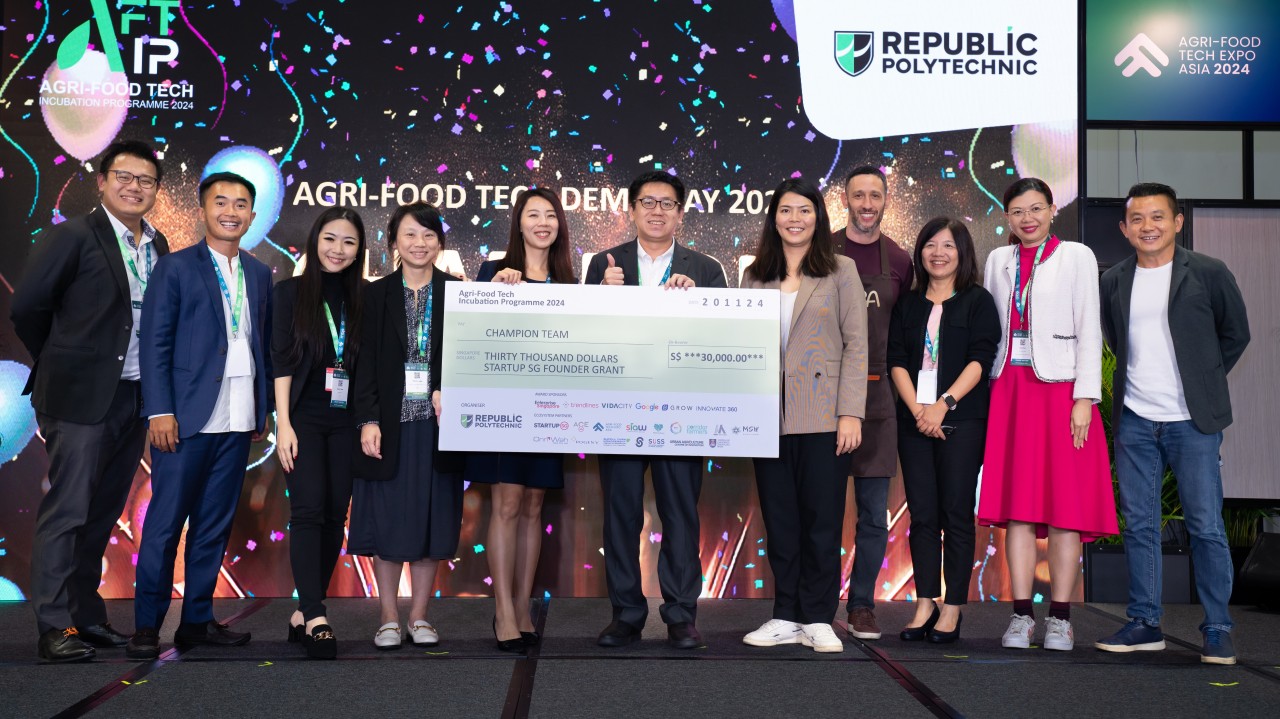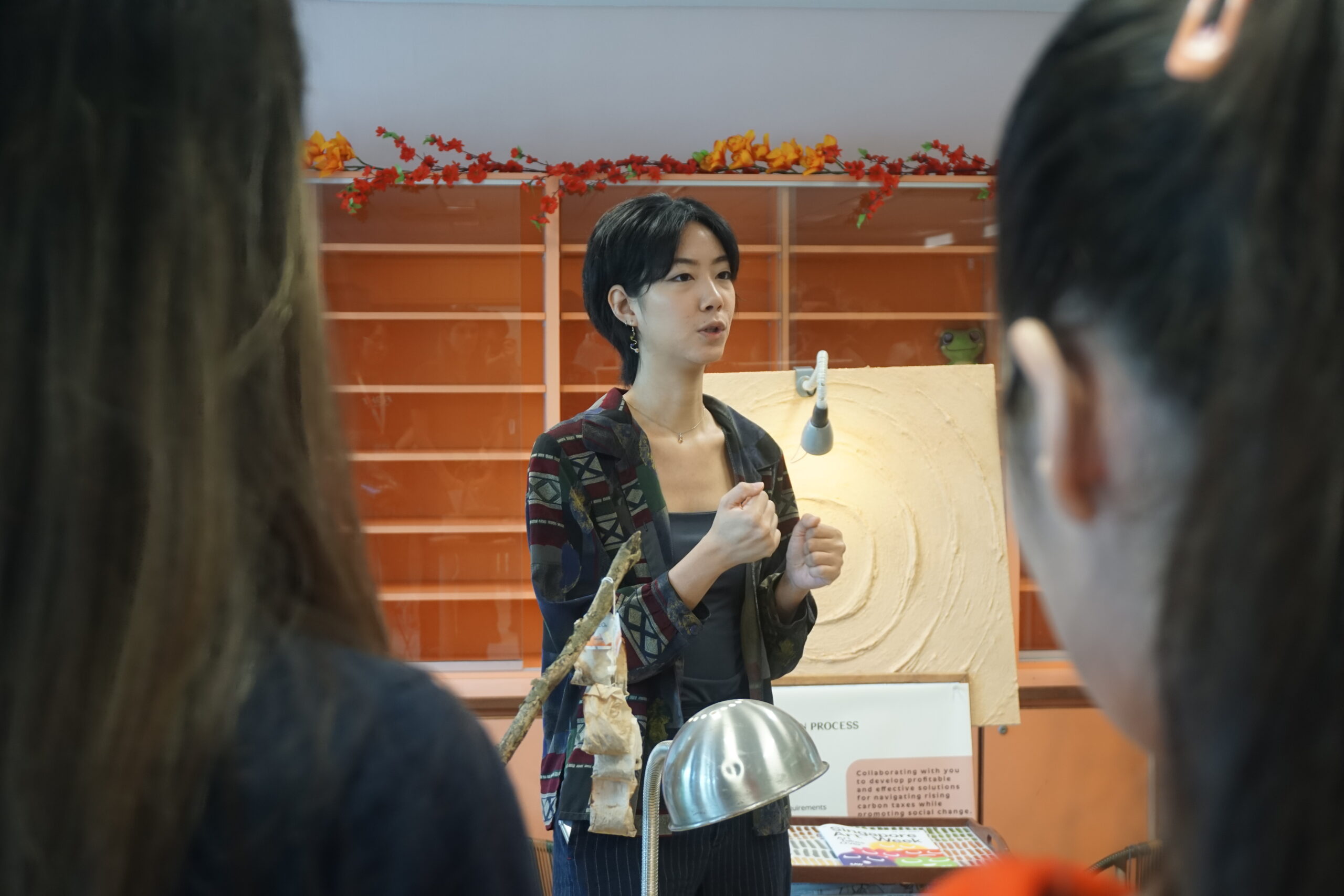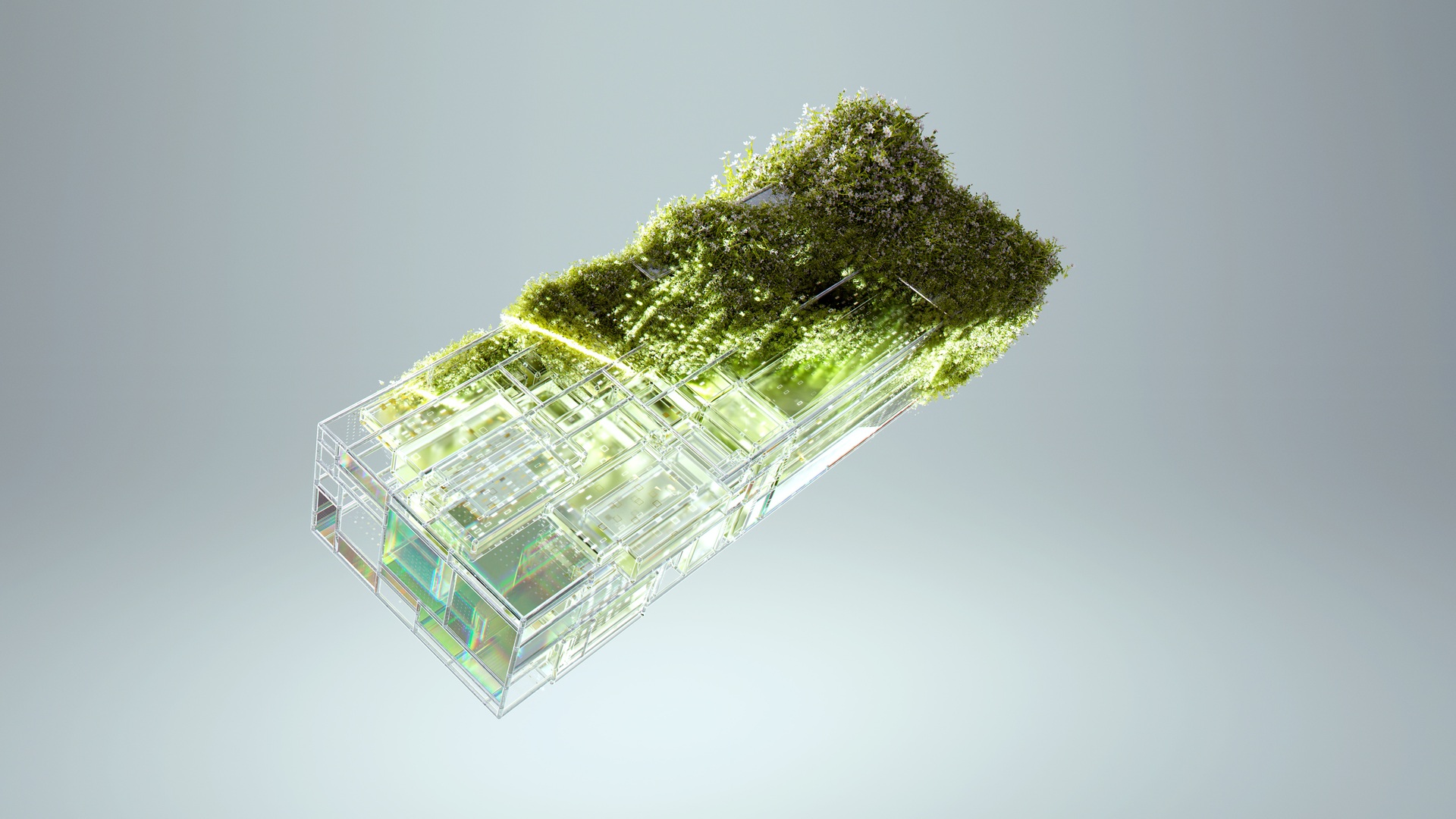Crafting the Future: Ferticlay's Jodie Monterio on the Privilege and Power of Human-Centric Innovation
Interview by: Ophelia Zhu
Share This!
Jodie Monterio is the co-founder of Ferticlay, a company that utilizes food waste and different materials to create reinforced and biodegradable clay, showcasing an example of circular economy.
The company has won multiple competitions and often hosts well-loved clay workshops. Ferticlay’s applications are targeted towards short term use, including creating pottery and figurines, using it for 3D printing, and a more commercial focus on building materials.
I heard you got started on Ferticlay by making your own clay at home with eggshells and clay from your family’s garden. I’m curious to know: why clay as the main material, and why use food waste
At my time in school, I realized there were a lot of materials that weren’t necessarily the most environmentally friendly. Even if they were eco-materials, a lot of the time they used polymers, like a plastic resin, to cure it. For me that wasn’t really sustainable; it’s just putting a plaster on it, so I actually wanted to make a sustainable material.
When I started to research clay a bit more, I realized Singapore has a lot of clay and we don’t see it as a resource.
Instead, it’s sent to neighboring countries, and we have to pay so much for the shipping fees and [there is a high carbon cost]. So I was like, why don’t we learn from traditional earthen building techniques [using] just clay, straw, and sand, but instead take it to solve the present day issue of food waste? Because we don’t have a lot of straw and sand, why don’t we use food waste instead to strengthen the clay?
At the end of the day, I really wanted to make sure all the products I made were biodegradable. By airdrying the clay and relying on the strength and nutrients found in the food waste to cure it, we don’t need to fire it in the oven, which usually takes 1000 degrees to become a ceramic state.
The clay can be returned to us, we can crush it up and rehydrate it to use it again. We can keep recycling it.
It seems like there are many directions/applications that Ferticlay is going, including using it for 3D printing and creating sustainable building materials with BuildBuilt. How has working with clay been? What are the properties of clay that are desirable and undesirable to use in these different applications
The recipe will change according to the application. The food scraps that we use in the modeling clay that we use for workshops and hand-building has actually been altered to allow for 3 things: one is that it has to be stronger than it was then if it was just clay alone. It has to be easy to mold, and number three is it has to dry well, like curing time.
For construction applications, we are exploring other more fibrous food waste inputs. We tried out peanut shells and also seafood shells because of the calcium. However there are a few barriers we have to cross first. Number one is durability and strength, and number two is because we are using food waste, authorities might question it: How safe is it? Is it going to attract pests or grow mold?
There are a lot of things we have to cover, so right now we are focusing on home living products and agricultural/gardening accessories.
[For 3D printing,] there’s a very manual process to load up the canister with the clay, and getting the right clay consistency is another challenge. But for us, we see [the manual process] as a plus point, because we were very intentional from the start to not go into full factory automation.
We saw the opportunity to instead hire humans, specifically communities that were struggling to find jobs, like people with special needs and disabilities. It destigmatizes the fact that just because they are labeled a certain way, they are incapable of certain tasks and jobs. 3D printing also saves a lot of time; it’s definitely a more new age product, so we are also hoping our team can learn and pick up new skills through working with the printer.
Getting the right process down and figuring out how to train my team with the necessary skills to also run the printer has been a little bit of a challenge because I myself am still figuring it out, but the good thing is that we have a partner now on the 3D printing side. We’re hoping to skew more towards the 3D printer now, actually: we’re planning to do more workshops where people get to learn 3D software design and also get to design their own 3D printed product.
You mentioned previously that having a supportive community is important, especially for sustainability entrepreneurs. How has being part of a community been valuable to you? Has there been specific connections or people that have helped?
Everyone in the sustainability space has a shared vision: people, planet, and profit. That’s the connecting vein amongst all of us, and I really feel like that is something very unique to the sustainability space and ecosystem.
There’s definitely been a lot of support, whether its emotional support or solidarity with other startups. Also, now we’ve been trying to support one another in terms of connections and running programs together.
There’s also the possibility of applying our products together in a new way. We’re trying to explore different ways of recycling Avogrow’s (a neighboring startup in Vidacity) substrate into our clay so that we can make secondary products from there. After mushroom gets harvested there’s a big chunk of the remaining substrate.
There has been research to show how you can make mushroom bricks and mycelium bricks, so we’re wondering if you add clay to the mix if it will become even stronger, or provide different finishes for different clients.
Collaborations like that happen more when we are nearby, so Vidacity’s space helps. Having that kind of ecosystem [where there are also] constant public events and local and international people just come by to browse [makes it] an interesting space helps me feel connected to the rest of the world.
We’re tackling climate issues in very different ways, but we all compliment one another so it’s a very holistic way of us expressing our passion for the environment.
Getting into the startup space is daunting and poses many challenges, be it finding funding, time management, or working with others. What are the challenges you faced and how did you deal with them? What resources, if any, did you tap into?
One major thing was because we are basically creating a new material (we are adopting an old concept of earthen buildings but reimagining it), there’s a lot of R&D that goes into it.
Figuring out where we’re gonna apply it first, so we know what to research into, was quite a challenge. We realized there’s a lot of due research that needs to be done in terms of the material science of it, so we focused on the modelling clay application first to pinpoint where to apply the clay.
I managed to get a grant from Philip Yeo initiative, so that helped me a lot in taking the product further, especially in terms of the material research. Prior to that I was under this NUS program where we won the Asia regionals, so they sent us down to Princeton for a pitch [contest].
Things like that helped us gain more exposure: just putting ourselves out there, pitching it several times, and trying out different formats definitely helped us refine both the product side of things and the business model.
Once we finished the research grant, it helped us narrow in further into homeware, gardening products because we saw that people were generally more interested in sustainable living instead of going straight into commercialization.
What impact have you seen from your work so far? What kind of impact do you hope to see Ferticlay have in the future?
I’m glad we started out with workshops because we get to see first-hand how the everyday person interacts with the clay. To see them create different creations is very exciting and fulfilling because they really get to understand the potential of food waste through interacting with it first-hand.
Seeing their shift in mindset as they interact with the clay is something we really enjoy watching, and learning from the challenges that people have with the clay helps us refine the product further. We do enjoy the education and outreach, and we’ve never had a bad response from kids all the way to corporate adults, so we’re very happy to see that.
[In the future,] I hope to see a shift in the industry, actually, in terms of material choices. I don’t believe we should monopolize the whole space; I think there’s a lot of interesting product innovations already happening in Singapore and around the world. In Singapore specifically, I hope there will be more startups doing similar things [as Ferticlay]. If we can play a small part of being a leading thought leader in this space, I think that will be pretty cool.
Something that I do hope to go into is affordable housing and working with other companies, like Habitat for Humanity to provide affordable or even temporary housing for those who need it. Even though we started off with a more commercial lens, my heart has always been in serving underserved communities because those are the ones that really need it most.
What are some of your short term and long term goals for the company?
Within the next year, we’re hoping to really be able to focus more on the product side of things and do more proof of concept applications of the clay, especially in terms of a bigger scale.
Zooming in a little bit further would be the 3D printing side to see how it can complement the hand-building side. We do have a lot of things we want to try out with the clay and it’s difficult to focus on it when we are always out there in the public and doing all these front-facing operations. We want to focus internally on our production processes to see how we can do more public displays or larger scale projects, like a pavilion or walk-through space.
Do you have any words of wisdom to people interested in sustainability?
People need to first realize what nature provides for us and be more attuned to the natural and living systems around us. There’s a lot of this narrative out there, “connecting people with nature,” but we are actually nature itself. I think people need to realize that we are part of the system itself and recognize the privilege we have to be the ones to decide how to shape our world.
As people discover their role in nature, I think they will grow to respect it more and more and, in a sense, fall in love with it. When you love something you are more likely to protect it. I think it comes down to emotional ties with nature in general. My strategy would be: just go and enjoy nature, experience it for yourself, and from there, slowly, you will start to see effects in the way that you live.
If you were reincarnated as a plant, what would you be?
A mango tree! Mangoes are my favorite fruit and I even have a tattoo of a mango. Something unique about the tree is that the leaves can be used for yellow dye, so it is a very useful tree and I like to be useful.
Share This!
Read More


Speak with Us
Enquire with us if you would like to know more, or join hosted tours of our Vidacity spaces.
